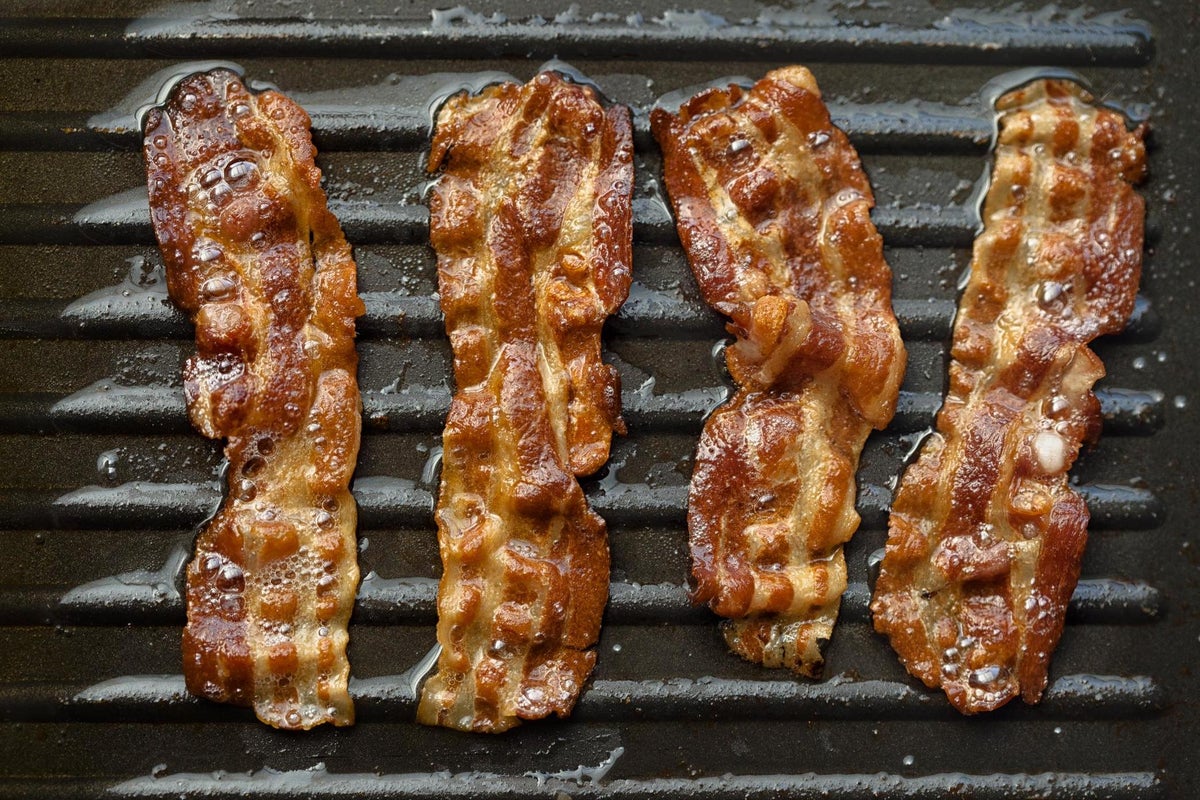
Scientists have estimated that thousands to millions of ultrasmall Teflon plastic particles may be released during cooking as non-stick pots and pans gradually lose their coating.
Just a single small crack on the surface of a Teflon-coated pan can release about 9,100 plastic particles, according to the new study, published in the journal Science of the Total Environment.
Researchers, including those from Flinders University in Australia, say the findings highlight the potential risk of Teflon plastic debris exposure during daily cooking.
Scientists assessed how millions of tiny plastic particles potentially come off during the cooking and washing of such non-stick pans and pots.
They identified the release of 2.3 million microplastics and nanoplastics from broken coating, indicating an increased risk of exposure to these chemicals during cooking.
Teflon is the brand name of the chemical Polytetrafluoroethylene – a synthetic polymer containing just carbon and fluorine that is one of the most well-known and widely used forever chemicals.
These chemicals are called forever chemicals as they are not broken down easily in the environment and remain a persistent problem for several generations.
“The non-stick coating material Teflon is generally a family member of PFAS,” Cheng Fang, a co-author of the study from the University of Newcastle in Australia said.
PFAS, scientifically known as per- and polyfluoroalkyl substances, are a class of chemicals commonly found in nonstick cookware, waterproof cosmetics, firefighting foams as well as commercial products that resist grease and oil and have been in commercial use since the 1940s.
Previous research has linked the use of these chemicals to several health disorders, including reduced immunity, hormone disruption and increased risks of different types of cancer.
“Given the fact PFAS is a big concern, these Teflon microparticles in our food might be a health concern, [which] needs investigating because we don’t know much about these emerging contaminants,” Dr Fang said.
Scientists developed a new analysis method to directly visualise and identify ultrasmall Teflon microplastics and nanoplastics.
“We estimate that thousands to millions of Teflon microplastics and nanoplastics might be released during a mimic cooking process,” scientists wrote in the study.
“It gives us a strong warning that we must be careful about selecting and using cooking utensils to avoid food contamination,” Youhong Tang, another author of the study from Flinders University said.
Researchers call for further studies to assess the risk of Teflon microplastics and nanoplastics during cooking since Teflon is a “family member of PFAS”.
This article was amended on the day of publication. It previously stated that both Flinders University and the University of Newcastle were in the US, but they are both in Australia.







